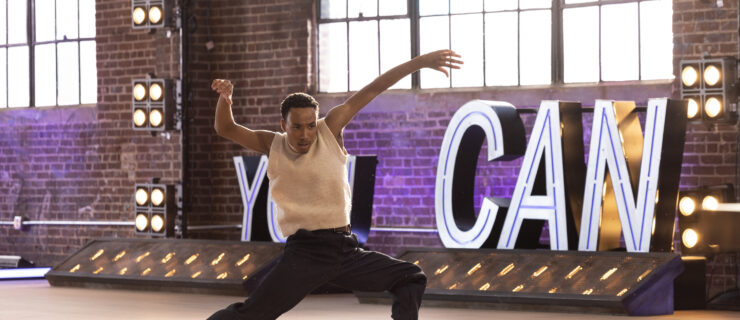How to Be the Ultimate Understudy
Boston Ballet’s Lauren Herfindahl is a dance-world rarity: an artist who actually likes understudying, a task most dancers see as a chore. That’s a good thing, since it’s an important part of her job as a corps member. “I choose to focus on the fact that every time I get to explore a role, even if I’m not first or second cast, it’s an opportunity to learn,” Herfindahl says. “The more parts, the better!”
Being asked to cover someone else’s role (or multiple roles) without any promise of stage time can feel daunting, nerve-racking and straight-up demoralizing. But understudies are a critical part of the dance-world ecosystem—without them, the show (sometimes literally!) can’t go on. Here’s how to make the best, and the most, out of those times when your name is low on the casting sheet.
Work More than Usual, Not Less
As an understudy, you may feel invisible in the rehearsal studio. But you’re not—and taking the job seriously is a great way to get noticed. “What’s important is to show that you’re always working at your fullest, not just when you’re excited about your role,” says Louise Lester, ballet mistress at Houston Ballet. “That continuity in your performance is what the staff looks for. Show us that you’re consistently motivated, and you might end up getting a big break.”
Rather than messing around in the back of the studio, go above and beyond during rehearsals, which will show that you’re hungry for more. If you’ve already mastered the ensemble spot you were assigned to understudy, learn another. Figure out the work’s overall patterns, entrances and exits, not just your own. You never know who’s going to go out, and being able to say “I know that spot—I can do it” in a crisis will win you major points.
Be a Fast, and Strategic, Learner
Usually, there isn’t enough time or staff available to teach each cast of a work separately—only the first cast gets detailed instruction. So being able to learn quickly and accurately without the help of a teacher or coach will make you an invaluable understudy.
Herfindahl recommends the strategy she’s developed for learning by watching. “Especially in the beginning, have a game plan for each rehearsal,” she says. “One day, focus on just the feet and legs. The next rehearsal, figure out the arms. If you zoom in on one piece at a time instead of trying to get every component simultaneously, your brain will retain the choreography better.” Make good use of videos to study on your own, too. And don’t be shy about asking for help from the rehearsal staff or fellow dancers, especially if you can catch them in not-too-busy moments outside of rehearsal. That shows commitment—and it’s in everyone’s best interest, after all, to have a reliable backup cast.
Writing down what you’ve learned is another great way to help your brain and body internalize choreography, especially if you’re understudying more than one role. Ashlee Dupré covers four ensemble tracks as a swing in Broadway’s An American in Paris. “When we first learned the show, the swings just sat in the front of the room and wrote down everything: blocking, steps, props, set moves,” she says. “There was no room for us to get up and dance, but I could go home, read what I’d written, and do the steps in my living room for another hour and a half. I could still be sure I knew what I was doing.”
ABL: Always Be Learning
As an understudy, don’t forget how much you can absorb from the sidelines. It’s a precious opportunity to get an up-close-and-personal look at the dancers you admire most—to see how they learn, how they work and how they perform. Herfindahl says understudying William Forsythe’s The Second Detail while still in Boston Ballet II taught her a lot more than just the ballet’s steps. “Even though I never performed, I came to every rehearsal and every show,” she says. “I grew so much from observing the dancers’ artistry and skills. Sure, I would’ve liked to be up there with them. But just being an active presence in the room made me a better dancer.”
Take the Stage with Confidence
If you get that 11th-hour “You’re on!” call, don’t panic! While even the world’s most dedicated understudy will inevitably feel underprepared if she’s thrown onstage, there are ways to push past the nerves. American in Paris swing Sam Rogers, who frequently has to perform one of the six tracks he covers in the show, has trained himself to keep cool under pressure. “Prioritize what you really need to remember,” he says. “I have a top-down system of ‘problem spots’ in each track, so I’ll review them in my tracking book right beforehand. And don’t worry too much if something goes wrong. Just keep the show running.”
Remember: You’re the hero saving the day! Even if your performance isn’t step-perfect, the director and choreographer are grateful to have you out there.
Lauren Herfindahl performing in The Nutcracker (Rosalie O’Connor, courtesy Boston Ballet)



